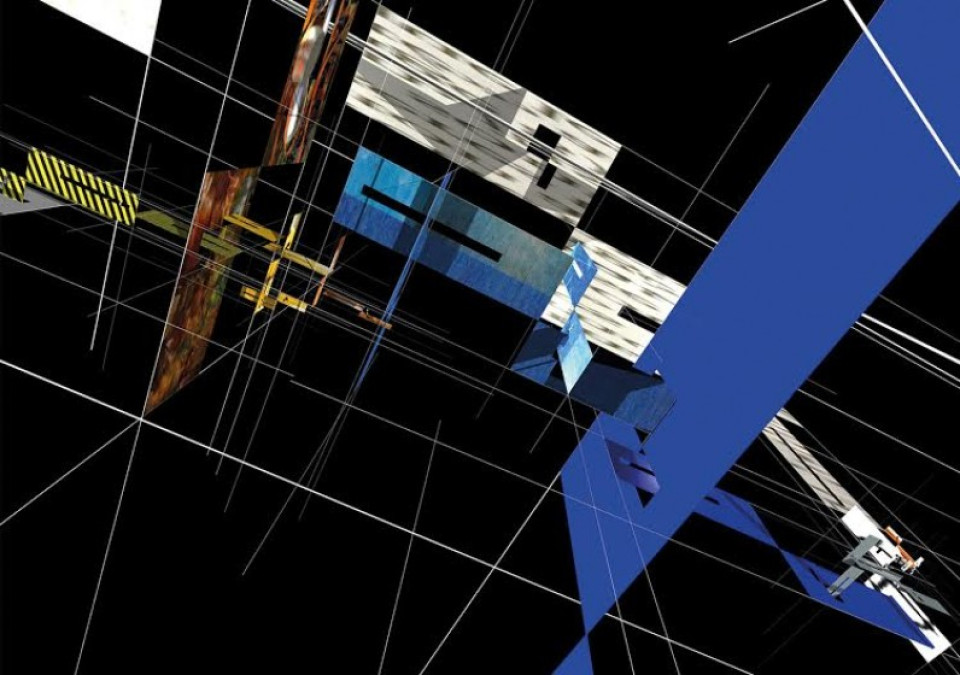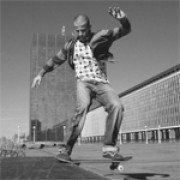Random Thougths
"This will kill that. The book will kill the edifice."
Victor Hugo
In his novel, ‘’The Hunchback of Notre Dame’’, that he started to write during the 1830 revolution in Paris, Victor Hugo, through the personage of the Archdeacon, develops some ideas about architecture and its disappearance. The Archdeacon’s monologue, occurring in 1482, that at first glance can be read as description of the Church’s founding dogmas and hegemony’s erosion. But, Hugo’s underlying idea can also be seen as an alert to architects. Effectively, for Hugo, the Cathedral was the central character in his novel.

As Georg Wilhelm Friedrich Hegel, Hugo was placing architecture at art’s peak. He was envisioning architecture as a book containing mankind’s history. For more than 6000 years, stones, columns, frontons were carved to perpetuate order. Monuments, by the alphabet they were using, by the position they were occupying in the landscape, were the records of historic events and warrants of social hierarchy. Despite this ‘’holy’’ mission accorded to architects, one must not forget that our predecessors were the servile servants of nobility and theocracy. The profession was restrained to some selected elites, working for other elites.
In this sense, as the press permitted the rise of the critical thinking, that also deeply reshaped architecture. The crumbling of centrally controlled ideas and architecture has slowly been redistributed from the nobility and the theocracy to the bourgeoisie. This power shift has resulted by the emergence, along the centuries, of a more horizontal architectural profession, accessible to all, and willing to serve all. A politically engaged architecture, produced by ‘’white collars’’ for all. At least till the recent evaporation of the social state notion, under the pressure of neoliberalism.
Nowadays, the new hegemonic system leaves small space to political engagement in architecture. Architects have shifted to a ‘’grey collar’’ status, in between the ‘’white collars’’ and the ‘’blue collars’’. This new position is not a major problem. But architects must learn new ways of producing and defining their selves. The myth of ‘’success’’ and ‘’accomplishment ‘’ can’t be researched anymore in glossy paper magazines, fancy renders or awards. Architects should embrace the only possible future for them, as overqualified ‘’blue collars’’. This will require the imagination of new structures.
In architecture, structures are the building’s weapons against gravity but also its programmatic strategies. In a more general way, structures are creating complex organizations in a mass of abstract elements, defining relations of dependency among them: the rules. Systems are applying and duplicating structures to install stability and durability, where they don’t exist and even in fields where those terms can’t or shouldn’t survive. Structures are essential to assure harmony, which doesn’t mean: stability, in a group of elements.
In nature neither in contemporary world, elements aren’t living in a closed territory, recycling their self perpetually. Structures are confronted to each other, at the speed of electrons and communication paths, transforming themselves. Mankind always had the will to observe and classify natural structures, including them in a stable system: eco-system. Nature is not a system; it’s a mass of structures adapting themselves, very fast, in a state of endless emergency: life.
Systems are the abstract inventions of the humans to perpetuate structures, through space and time, to install the rules of a group on another. Structures are real and are creating formal concepts. Systems are abstract and are serving personal interests. Fluids are usually used to transport thermal or hygienic comfort into buildings. Fluidity, as a sensation and as a concept, can also appear in architecture, by the use of ‘’structural tricks’’ during the design process. Fluids belong to the largest state of matter in the universe. They don’t have any precise form and are adapting themselves to the surrounding information, faster than solids.
By their dynamic abilities, fluids always find the shortest path between two points, they dance with topography on a music played by gravity; they don’t create systems because of their eternal movement and transformations. Different fluids can be mixed together to get new properties, being more efficient. Where structures are creating differences and categories: limits; fluids are following the path of continuity between elements, carrying information and linking structures together, to provide them the possibility of change. Structures are building space while fluids are transforming our perception of time. Architecture has a difficult position in our contemporary world; it has to establish structures stable enough to support the emergency of immediate use, and fluid enough to follow future, fast, mutations in behaviors and environment. This is not a challenge reserved for architecture, but also for the other structure-creating fields.
To create fluid structures is to deal with the conception of spaces, generous enough to feel comfortable, not only by their quantity but by the feeling that they offer. It focuses on sub-spaces, creating links and information paths through a building, giving a sensation of fluidity by the change of our perceptions at each displacement. Going through a fluid structure is like preparing ourselves to perpetual change, to instability. Fluid structures can’t become a system, because they contain in their origins the germs of their future transformations, they can’t be duplicated without a mutation of themselves.
Fluid structures give to each unit of a group a potential power to modify the structure itself, in a will of never ending transformation process, respecting other elements: the expression of freedom of the individual in a collectivity, the expression of democracy.
This text is dedicated to some people that I admire: Herkes İçin Mimarlık, Plankton Project and all the volunteers of Düzce Umut Atölyesi.
Related Content:
-
Peter Zumthor and the Minor Architecture
Just as it was foretold that the 21st century would be “the century of Deleuze” in ways of thinking, are we now or will we soon be in “the century of Zumthor” in architecture and design?
-

Multiplying by Repetition
-
A Poem to the Poor
Architecture is has been questioning, and subsequently redefining its own social position and social role for almost a century now
 28.04.2016
28.04.2016






